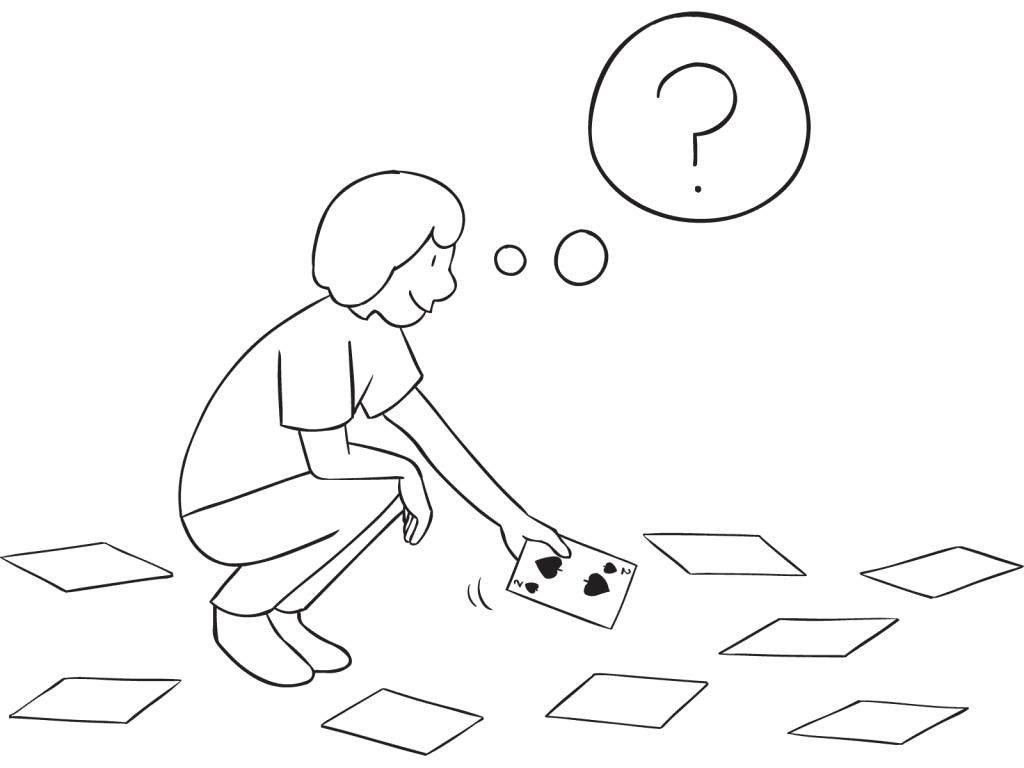Save to Playlist
Step-by-Step Instructions
Resources Premium
How To Play Narrative Premium
Practical Leadership Tips Premium
Social-Emotional Learning Premium
Health & Wellness Programming Premium
Popular Variations Premium
You Might Also Like... Premium
Useful Framing Ideas Premium
Reflection Tips & Strategies Premium
Source Premium

No Props No Problem
Brand NEW book featuring 150+ outrageously fun group games & activities. Scan QR codes to connect to tons of digital content including video tutorials.
Add to Cart
NEW – No Props No Problem
The best-selling book featuring 150+ outrageously fun group games & activities. Scan QR codes to access exclusive digital content including video tutorials.

Free Ice-Breakers & Group Games
Ten of the best no-prop, interactive ‘get-to-know-you’ games & activities. 100% fun, your group will love ’em. Our most successful giveaway, 10,000+ downloads so far…
Top Ten Icebreakers & Group Games
Download our free 28-page ebook jam-packed with outrageously fun activity ideas.
Just one more question:
I am interested in…
Choose a plan that’s right for you
We offer a range of membership plans with no surprises.
Click an option below & discover our simple pricing.

Individual
Click here if you’re a:
- Teacher
- Corporate trainer
- Outdoor educator
- Camp leader
- Youth leader
- Conference organiser
- Therapist/counsellor
Membership Plans

Enterprise
Click here if you represent a:
- School
- Corporation
- Community-based Organisation
Explore plans for
10, 50, 200 or more
potential users
Membership Plans






Loving this game! I laid ropes criss-cross setting up 4 quadrants, then randomly scattered a suit in each quad. Here’s my story:
I had two groups play at the same time. Asked them to reset their play area, then had them switch and play in quad set up by other group. That was fun. We talked about effective processes, utilizing resources, learning forward, etc. Goals were set and they played again. For third round I moved them to the unused quad, and asked them to maintain their high standards. After were processed a bit, I gave them a final challenge to collectively complete the work in all four quadrants. I also asked them to set a goal. The goal-setting turned into a good discussion in it’s self. They got their best time! They reflected on the degree of trust between the work groups, having a shared vision and empowering each small group to solve their part of the problem in their own way. Interesting conversations around “re-setting” the cards. I was curious about how you handle the reset. Thanks
Wow Jen, this sounds terrific, love the variation and thanks for sharing. In regards to resetting, do you mean mixing up the cards randomly? If so, this is not something I have done myself, but I like the idea.
Great game activity, can play multiple times depending on the age of students. Would modify this to ensure that there’s more physical movement (students outside on the perimeter doing jumping jacks, cheering, specific exercises, etc).
Your suggestion to keep your students moving is a good one and can be applied to many other activities where there is the potential for idleness.